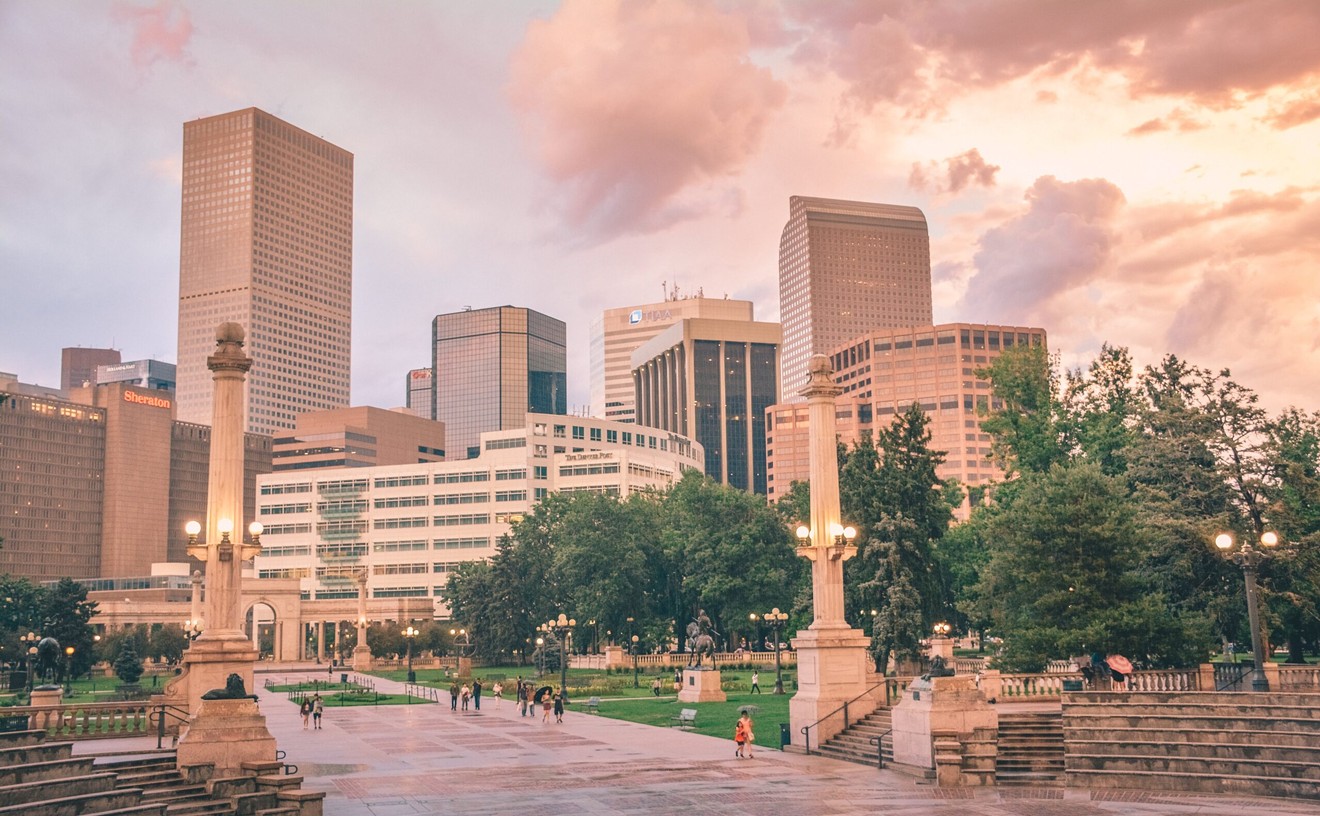Thomas Jefferson said in the Declaration of Independence that our government derives its power “from the consent of the governed.” The governed did not consent to Rocky Flats National Wildlife Refuge opening to the public, which Fish and Wildlife Service says will happen on September 15. When FWS took public comments in 2004 about opening the refuge, 81 percent of participants were against the idea.
Since 1969, I’d been telling my students that we face three fundamental threats to ongoing human existence: a nuclear holocaust, environmental harm and secretive government. When I arrived in Colorado in 1974 to teach at the University of Denver, I had never heard of the Rocky Flats nuclear bomb plant. I learned about Rocky Flats when people occupied the railroad tracks that led to the plant in 1978 in protest. I realized Rocky Flats posed all three threats to existence. In 1979 I joined those on the tracks in my first act of civil disobedience.
The public learned about the danger of Rocky Flats after a fire in 1969, when scientist Edward Martell sampled soil east of the plant and found concentrations of plutonium. Two scientists from the Atomic Energy Commission, predecessor to the Department of Energy, confirmed Martell’s findings. He told the public, “Only minute amounts [of plutonium] in the lung are sufficient to cause cancer.” Thus began public knowledge of the harm of Rocky Flats. The Colorado Department of Health had long known of the danger but didn’t inform the public.
Those trying to end production at Rocky Flats called the plant “a local hazard and a global threat” — the global threat of nuclear war I had long opposed. I realized that if we could halt production at the plant, we’d be left with the “local hazard” of a badly contaminated environment. In 1989, the FBI raided Rocky Flats to collect evidence of environmental crime. Production ended, never to be resumed. In 1992, the DOE changed the mission from production to cleanup.
By this time, I had learned about plutonium: that unlike most radioactive material, it cannot penetrate skin. If inhaled or otherwise taken into the body, it lodges somewhere, and for the rest of one’s life irradiates surrounding cells. This may produce cancer, harm to the immune system or genetic abnormalities in future generations. These are among the dangers in the Wildlife Refuge. When the Superfund cleanup occurred at Rocky Flats, none occurred at the Refuge.
EPA and health officials of the state admit that some plutonium remains in the Refuge environment, but they say the Refuge is safe. They must mean that exposure standards they set for cleanup are not violated at the Refuge. But are these standards safe? A 2006 National Academy of Sciences study concluded that any exposure to ionizing radiation is potentially harmful. In 1997, Tom K. Hei and colleagues at Columbia University found that a single plutonium particle taken into the body can be damaging, possibly fatal. In 2004, British researchers concluded that cancer risk from exposure to very low doses of plutonium may be ten or more times more dangerous than what is allowed by existing exposure standards. Karl Morgan, longtime head of the Oak Ridge National Laboratory, said you get more cancers at low-dose exposure to radiation than high-dose. High doses kill cells, while low doses injure cells, and these injured cells years later may produce cancer.
Ulrich Beck says in Risk Society (1992), “Whoever limits pollution has also concurred in it.” Exposure standards “may indeed prevent the very worst from happening, but they are at the same time ‘blank checks’ to poison nature and humankind a bit.”
Physicist Fritjof Capra, in The Turning Point (1982), says plutonium “remains poisonous for at least 500,000 years ... more than one hundred times longer than all of recorded history. … Less than one-millionth of a gram — an invisible dose — is carcinogenic. One pound, if uniformly distributed, could potentially induce lung cancer in every person on earth.”
On September 15, join others who oppose opening Rocky Flats Wildlife Refuge to the public from 1 to 3:30 p.m. outside the EPA, 1595 Wynkoop Street.
A former academic, writer, devotee of nonviolence, and founder of the Rocky Mountain Peace and Justice Center, LeRoy Moore, Ph.D., worked successfully with others to end production at the Rocky Flats nuclear bomb factory near Denver, then sought the best possible cleanup of the plant’s highly contaminated site, only to be disappointed when the government agencies approved a cheaper, less responsible outcome. He served on various oversight bodies related to Rocky Flats and for several years was a member of two committees of the National Council on Radiation Protection and Measurements. He seeks the implementation of Nuclear Guardianship at Rocky Flats. From 1980 until he retired in 1996, he taught courses on nonviolent social change at the University of Colorado. A father and a grandfather, he resides in Boulder. Find out more here.
Westword occasionally publishes opinion pieces on issues of importance in Colorado. If you'd like to submit one, email [email protected]; you can respond to this piece at the same address.

Audio By Carbonatix
[
{
"name": "Air - MediumRectangle - Inline Content - Mobile Display Size",
"component": "12017618",
"insertPoint": "2",
"requiredCountToDisplay": "2",
"watchElement": ".fdn-content-body",
"astAdList": [
{
"adType": "rectangle",
"displayTargets": "mobile"
}
]
},{
"name": "Editor Picks",
"component": "17242653",
"insertPoint": "4",
"requiredCountToDisplay": "1",
"watchElement": ".fdn-content-body",
"astAdList": [
{
"adType": "rectangleLeft",
"displayTargets": "desktop|tablet"
},{
"adType": "rectangleRight",
"displayTargets": "desktop|tablet|mobile"
}
]
},{
"name": "Inline Links",
"component": "18838239",
"insertPoint": "8th",
"startingPoint": 8,
"requiredCountToDisplay": "7",
"maxInsertions": 25
},{
"name": "Air - MediumRectangle - Combo - Inline Content",
"component": "17261320",
"insertPoint": "8th",
"startingPoint": 8,
"requiredCountToDisplay": "7",
"maxInsertions": 25,
"watchElement": ".fdn-content-body",
"astAdList": [
{
"adType": "rectangleLeft",
"displayTargets": "desktop|tablet"
},{
"adType": "rectangleRight",
"displayTargets": "desktop|tablet|mobile"
}
]
},{
"name": "Inline Links",
"component": "18838239",
"insertPoint": "8th",
"startingPoint": 12,
"requiredCountToDisplay": "11",
"maxInsertions": 25
},{
"name": "Air - Leaderboard Tower - Combo - Inline Content",
"component": "17261321",
"insertPoint": "8th",
"startingPoint": 12,
"requiredCountToDisplay": "11",
"maxInsertions": 25,
"watchElement": ".fdn-content-body",
"astAdList": [
{
"adType": "leaderboardInlineContent",
"displayTargets": "desktop|tablet"
},{
"adType": "tower",
"displayTargets": "mobile"
}
]
}
]












